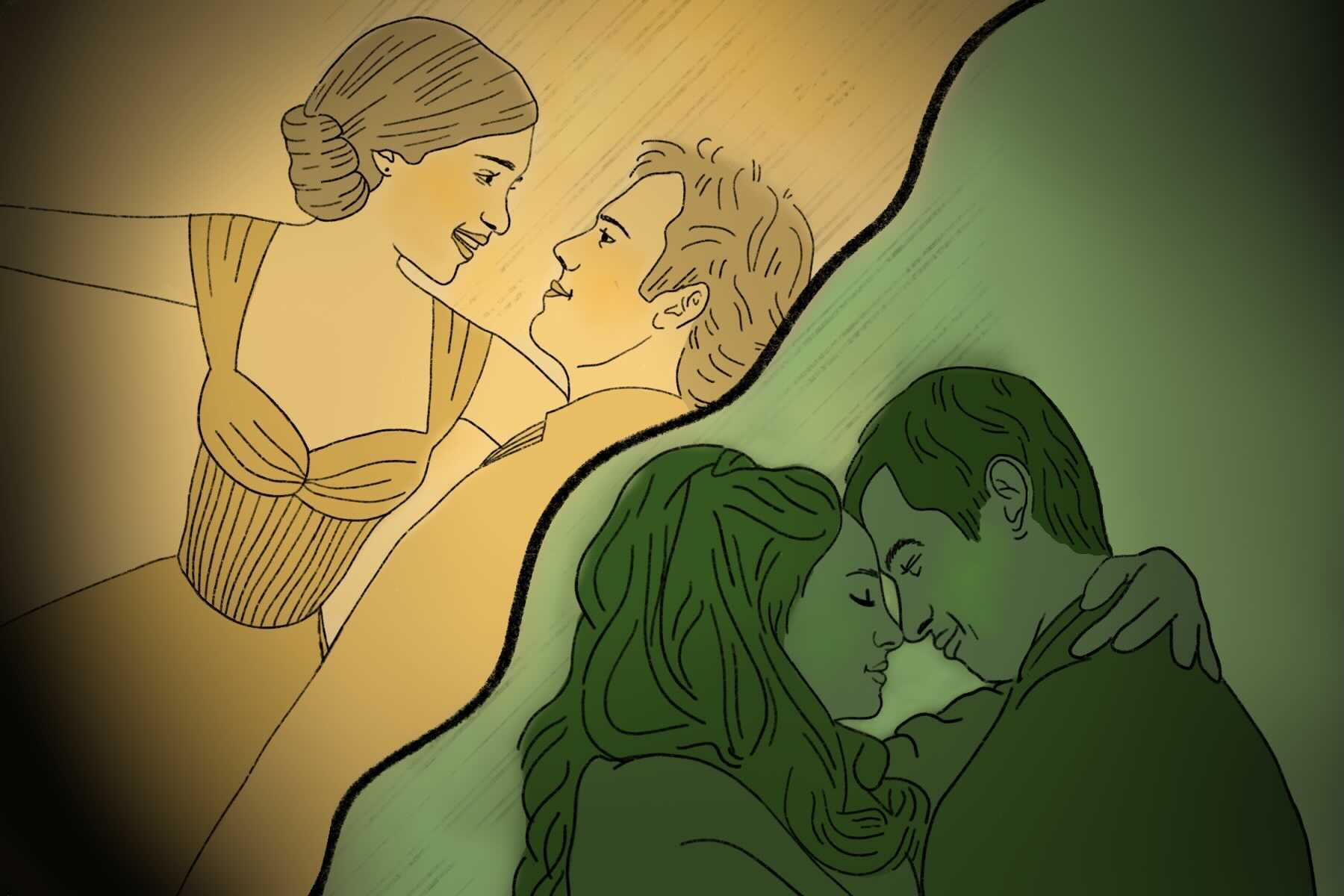When “Me Before You,” the romantic drama film based on a novel by Jojo Moyes, was released in 2016, it reduced us all into a sniffling, broken-hearted mess. A few weeks ago, Moyes revived her novel-turned-film pipeline when “The Last Letter From Your Lover” hit Netflix. This newest release is based on one of her earlier books by the same name. Like “Me Before You,” it touches upon heartache, identity and what it really means to be in love. Unlike its predecessor, however, this film may have missed the mark on several accounts.
The story is split into two separate timelines. The first follows actress Felicity Jones, who plays a somewhat disgruntled journalist trying to piece her life together. In the midst of her work, she finds an old love letter and works to uncover the history behind it. The second timeline is centered around an unhappy and stifled Shailene Woodley, who embarks on a torrid affair with her love interest, played by Callum Turner. In theory, the story is beautifully written and has all the makings of a perfect romance film — so why didn’t it feel that way?
In “Me Before You,” there was clear respect paid to Moyes’ writing and characterization. The palpable chemistry between actors Sam Claflin and Emilia Clarke perfectly paralleled that of the novel. But in “The Last Letter From Your Lover,” that characterization, the classic Jojo Moyes warmth that exists even in the midst of heartbreak, was missing. That’s not to say that Woodley and Turner gave lackluster performances. On the contrary, Woodley was both passionate and grounded in her character and Turner brought Anthony O’Hare to life very gracefully. Still, these stellar performances did little to mitigate the coldness that lingered between our characters even in the midst of eager kisses and tender gazes.
One thing that may differentiate Moyes’ film adaptations is that “Me Before You” was able to add dimension to its characters in a way that “The Last Letter From Your Lover” could not. The first film showed characters Louisa Clark and Will Traynor to be very multifaceted, complex people. They had hopes and desires and passions, whether it was scuba-diving, cafe-hopping or fashion. They both existed as people outside of the reality that the plot set for them. But with Jennifer and Anthony, main characters of the recent release, the audience doesn’t really see that sort of dimensionality built within the film. There was some mention of Anthony’s ex-wife and his son, but that’s essentially all we knew about him. Jennifer’s one defining trait was her entrapment in her marriage.
But who were these people? Did they have any hobbies? Any interesting political opinions? Any personal goals or values? In other words, why — besides convenience and a distaste for their lives — did these two people fall in love? This dynamic is definitely explored and developed more in the book, but the film found it more important to build romantic tension between them than to build their friendship and respect, something “Me Before You” did very well. This decision was to the film’s detriment. Despite a visible passion between the two characters, it was almost difficult to see them as actually in love.
This dynamic wasn’t the only one that was subpar. The second timeline, following journalist Ellie (Felicity Jones), felt just as hollow and rushed. In the novel, Ellie was in a relationship with a married man, and she felt a resulting internal conflict. When she found the love letters, she saw an instant parallel to her own life that spurred her forward and caused her to continue investigating. Cutting out that storyline in the film and making Ellie’s motivation “her belief in the power of love” was underwhelming. Her romance with stiff, uptight archivist Rory also felt extremely forced. Although the awkwardness of their romance was at times endearing, mainly thanks to Nabhaan Rizwan’s effortless charisma, the plotline itself still felt contrived. They went from being friends to being so suddenly in love it felt almost childish in its convenience.
That being said, “The Last Letter From Your Lover” did have some saving points. The cinematography was absolutely brilliant, and a hazy effect overlaid on the film evoked a summer in the ’60s. Most of the shots were concise, intentional and fluid, particularly the final scene in the garden as well as most of the scenes at the train station. It was all trees and sunshine and gorgeous French Riviera. The costume design was also stunning, carrying a grace and elegance that celebrated the decade without overdoing it. The costumes flowed throughout the decade and remained fluid and proportional to the characters’ ages, which is a very intelligent move on designer Anna Robbins’ part. It didn’t feel dramatic and corny in the way a made-for-TV film might. Rather, the film was well-shot, edited and stylized — meaning that as hollow as the relationships may have felt, the world itself was still very immersive.
If you’re looking for a sweep-you-off-your-feet, fall-asleep-in-tears, they-were-meant-to-be type of romance film, this may not be for you. It doesn’t carry much of the magic that “Me Before You” did. Still, the film was entertaining. It was more of something you’d casually watch on a Saturday night than a favorite you’d continuously go back to, but it’s not unwatchable. It was quite lighthearted and actually perfect for a more detached viewing experience. So is “The Last Letter From Your Lover” the next coming of “Titanic”? Probably not. But it’s not impossible to watch, which is a feat in itself for many Netflix originals.

















